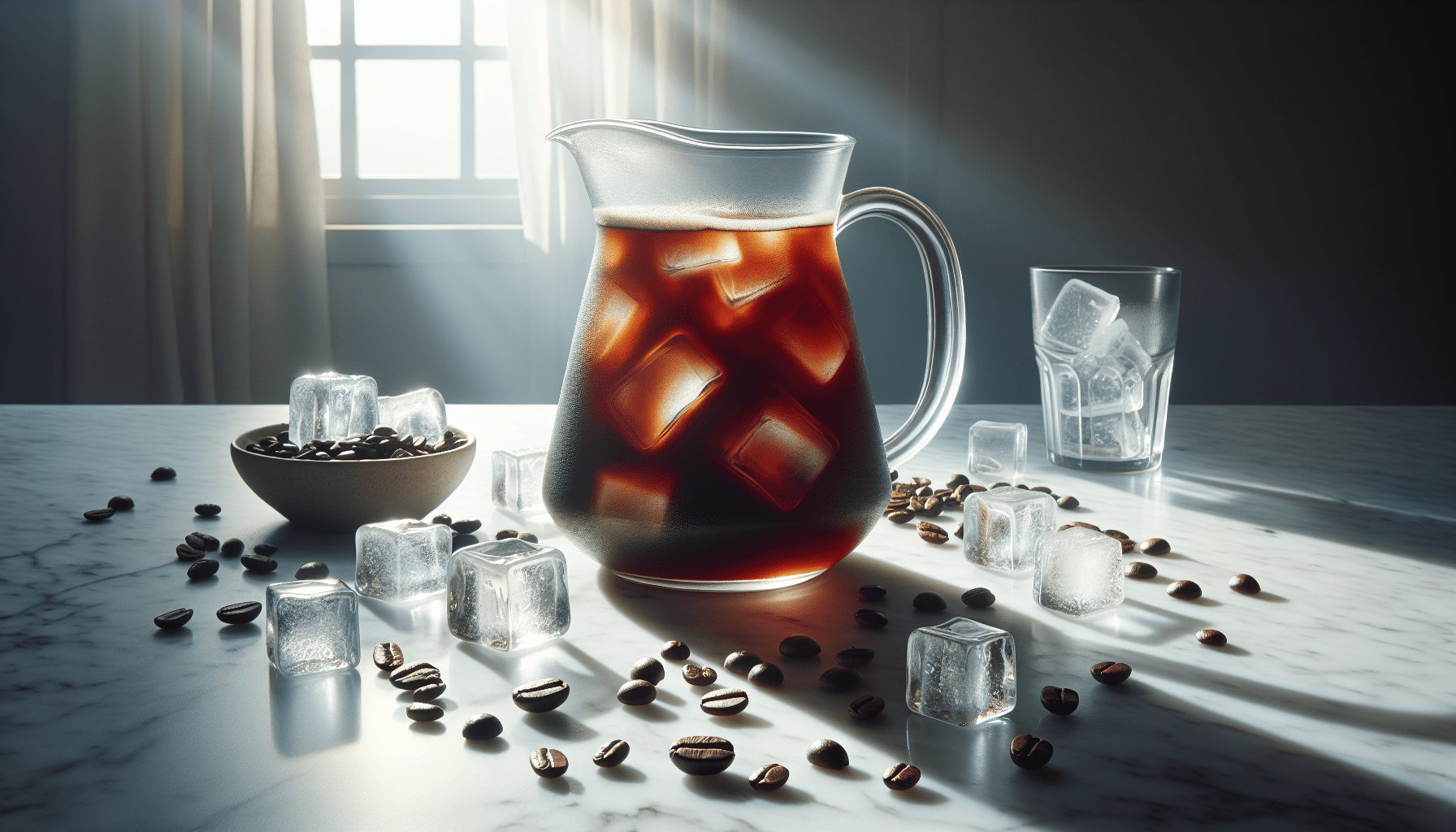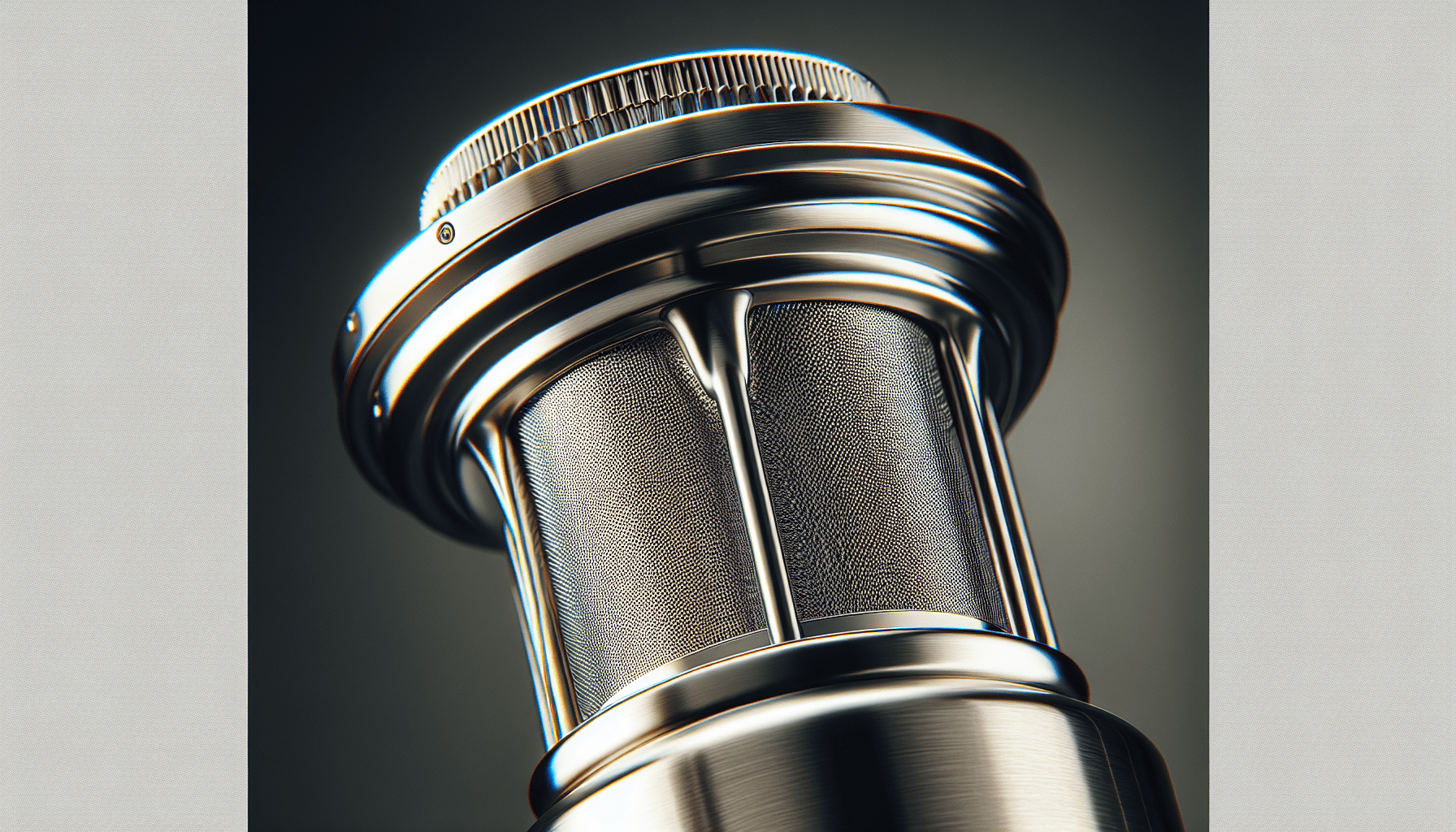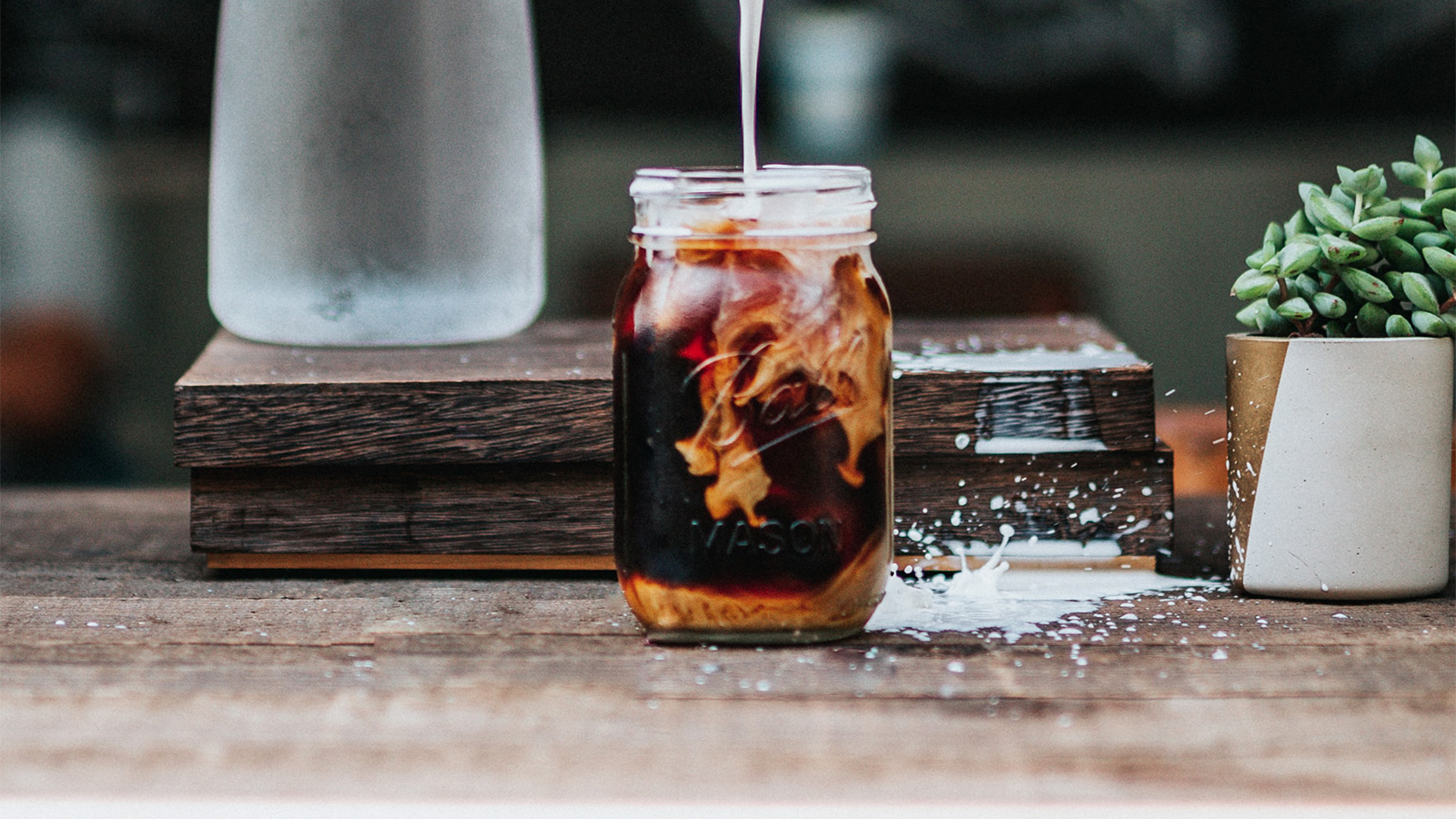So you’ve made a delicious batch of cold brew using your trusty cold brew maker, but now you’re left wondering what to do with the leftovers. Don’t worry, we’ve got you covered! In this article, we will explore the best ways to store your leftover cold brew, ensuring it stays fresh and flavorful for as long as possible. Whether you’re an avid coffee enthusiast or a casual drinker, these tips will help you make the most of your cold brew leftovers. So let’s dive in and discover how to store your cold brew with ease!
Understanding Cold Brew
What is Cold Brew?
Cold brew is a method of brewing coffee that uses cold or room temperature water to extract the flavor from the coffee grounds over an extended period of time. Unlike traditional hot coffee brewing methods, cold brew does not involve heat, resulting in a smoother and less acidic taste profile.
Why is Cold Brew Popular?
Cold brew has gained immense popularity in recent years due to its unique flavor, versatility, and numerous benefits. Many people find the smooth and mellow taste of cold brew more appealing compared to traditional hot brewed coffee. Additionally, cold brew is often seen as a healthier alternative, as it contains less acidity, which can potentially cause digestive discomfort and enamel erosion.
Benefits of Making Cold Brew with a Cold Brew Maker
Making cold brew with a dedicated cold brew maker offers several benefits. Firstly, using a cold brew maker simplifies the brewing process, ensuring consistent results and a smoother taste. Cold brew makers typically have built-in filters or mesh baskets, making the straining process effortless. Additionally, cold brew makers are designed to optimize the extraction process, resulting in a more flavorful brew. Using a cold brew maker also allows for larger batch production, making it ideal for those who enjoy their cold brew regularly or wish to share it with friends and family. Finally, a cold brew maker often comes with airtight storage capabilities, which is essential for maximizing freshness and preventing oxidation.
Proper Storage Techniques
Refrigeration
Refrigeration is the most common and practical method of storing leftover cold brew. Once your cold brew has been brewed and strained, transfer it to a clean container and place it in the refrigerator. The cold temperature slows down the degradation process, preserving the flavors for an extended period.
Using Airtight Containers
Airtight containers are crucial for maintaining the freshness and quality of your stored cold brew. They prevent exposure to oxygen, which can quickly deteriorate the taste and aroma of the coffee. When selecting an airtight container, choose one that is made of glass or food-grade stainless steel, as these materials do not interact with the coffee and can preserve its flavors better than plastic containers.
Keeping Away from Strong Odors
Cold brew easily absorbs odors from its surroundings, so it is essential to store it away from strong-smelling foods or substances. This will ensure that your cold brew retains its original taste and aroma, free from any undesirable odors. Consider storing your cold brew on the upper shelves of your refrigerator, away from foods with strong aromatic properties, such as onions, garlic, and strong cheeses.
Avoiding Temperature Fluctuations
Temperature fluctuations can have a detrimental effect on the quality and taste of your cold brew. It is important to keep your cold brew away from the refrigerator door, as it is frequently exposed to warmer air when the door is opened. Instead, store your cold brew on the middle or lower shelves of the refrigerator, where the temperature remains more stable.
Refrigeration Tips
Cooling the Cold Brew before Refrigeration
Before transferring your freshly brewed cold brew to the refrigerator, it is recommended to let it cool to room temperature to avoid condensation buildup and potential dilution. You can achieve this by leaving the cold brew to sit for around 30 minutes, or by placing it in an ice bath to speed up the cooling process.
Choosing the Right Storage Container
When refrigerating your cold brew, it is important to use a suitable storage container. Glass mason jars with airtight lids are a popular choice, as they are readily available and provide an airtight seal. Alternatively, you can also use stainless steel or BPA-free plastic containers, as long as they have a tight-fitting lid to prevent air exposure.
Duration of Refrigeration
Cold brew can be stored in the refrigerator for up to two weeks without significant degradation in taste and quality. However, it is recommended to consume the cold brew within a week to ensure optimal freshness. After this period, the coffee may develop off-flavors and lose some of its smoothness. If you cannot finish the cold brew within a week, consider freezing small portions in ice cube trays to enjoy later without compromising the quality.
Using Airtight Containers
Benefits of Airtight Containers
Storing cold brew in airtight containers offers several benefits. Firstly, it helps to maintain the freshness and flavor of the coffee by preventing exposure to air, which can lead to oxidation and a stale taste. Airtight containers also prevent the absorption of odors from the refrigerator, keeping your cold brew free from any unwanted smells. Lastly, they provide a convenient and spill-proof way to store and transport your cold brew.
Selecting the Right Airtight Container
When choosing an airtight container for storing your cold brew, opt for one that is specifically designed for food storage and is made of non-reactive materials. Glass containers are an excellent choice as they do not retain odors and are easy to clean. Alternatively, stainless steel containers are also a viable option, especially if you prefer a more portable and durable option.
Proper Filling Techniques
When filling your airtight container with cold brew, it is important to leave some headspace to accommodate any expansion that may occur when the coffee freezes or carbonates. As a general rule, leave about an inch of space at the top of the container to prevent leakage or breakage.
Avoiding Air Exposure
To maximize the freshness and quality of your stored cold brew, it is crucial to minimize air exposure during the filling process and when using the coffee. Seal the airtight container tightly and try to minimize opening it unnecessarily. This will prevent oxygen from entering the container and compromising the flavor and aroma of your cold brew.
Preventing Odor Contamination
Locating the Cold Brew Away from Strong Odors
To avoid your cold brew absorbing unwanted odors, it is important to store it away from strong-smelling foods. The refrigerator door, in particular, can be prone to odor contamination, as it is frequently opened and closed. Therefore, it is best practice to store your cold brew on the upper shelves of the refrigerator, away from pungent items such as onions, garlic, and certain cheeses.
Separate Storage for Smelly Foods
If you regularly store strongly aromatic foods in your refrigerator, consider using a designated compartment or separate shelf for them. This will help minimize the chances of odor transfer to your cold brew and ensure that it retains its original flavors and aromas.
Deodorizing the Fridge
In the event that your refrigerator develops lingering odors, it is essential to deodorize it before storing your cold brew. One effective method is to place an open box of baking soda on the shelf to absorb any unwanted smells. Regularly cleaning your refrigerator’s interior with a mixture of water and vinegar can also help eliminate odors and maintain a fresh environment for your cold brew.
Avoiding Temperature Fluctuations
Effects of Temperature Fluctuations
Temperature fluctuations can have a significant impact on the flavor and quality of cold brew. Exposure to warmer temperatures can accelerate the degradation process, causing the coffee to become stale and lose its smoothness. On the other hand, rapid temperature changes, such as taking the cold brew in and out of the refrigerator repeatedly, can affect the taste and result in flavor inconsistencies.
Positioning Cold Brew Away from Fridge Door
The refrigerator door experiences more significant temperature fluctuations compared to the interior shelves. To ensure the optimal preservation of your cold brew, store it on the middle or lower shelves of the refrigerator, where the temperature remains more stable. This will help maintain the freshness and flavor of the coffee for a longer period.
Maintaining Consistent Temperature
To avoid temperature fluctuations, it is advisable to avoid placing your cold brew near the vents or fans inside the refrigerator. These areas can experience more significant temperature variations, which can impact the quality of the coffee. Additionally, try to minimize the time spent with the refrigerator door open, as this can cause unnecessary temperature changes within the refrigerator.
Maximizing Freshness and Flavor
Consume within a Week
To fully enjoy the freshness and flavor of your cold brew, it is best to consume it within a week of brewing. As time passes, the coffee may lose some of its smoothness and develop more pronounced bitter notes. By adhering to this timeframe, you can ensure that every cup of cold brew is at its peak flavor.
Dilution Control
To control the dilution of your cold brew, it is recommended to store it as a concentrate. This allows you to add water or ice according to your preferences when serving. By doing so, you can customize the strength of your beverage without compromising the flavor and quality of the coffee.
Cold Brew Concentrate
Making a cold brew concentrate is simple. After brewing and straining your cold brew, keep it in a concentrated form by using a higher ratio of coffee grounds to water. This will result in a stronger and more concentrated flavor, allowing you to tailor the taste of your cold brew when preparing a drink.
Proper Brewing Techniques
The freshness and flavor of your cold brew also depend on the brewing techniques you employ. Use freshly roasted coffee beans and grind them coarsely to maximize extraction without over-exposing the coffee to the water. Experiment with different water-to-coffee ratios and steeping times to find the perfect balance that suits your taste preferences. Proper brewing techniques will enhance the flavors and quality of your cold brew, making it a truly enjoyable experience.
Repurposing Leftover Cold Brew
Iced Coffee
Leftover cold brew can be easily transformed into refreshing iced coffee. Simply pour the desired amount of cold brew over ice and add milk, cream, sweetener, or flavorings according to your preferences. The smooth and mellow taste of cold brew makes it a perfect base for creating your custom iced coffee creations.
Coffee Smoothies
Another great way to repurpose leftover cold brew is by incorporating it into coffee smoothies. Blend cold brew with ripe bananas, a splash of milk, and a handful of spinach or your favorite fruits to create a protein-rich and energizing beverage. The cold brew adds a robust coffee flavor and a caffeine kick, making it an excellent choice for a quick and nutritious breakfast or snack.
Baking and Desserts
Leftover cold brew can also be used to enhance the flavor of various baked goods and desserts. Add a splash of cold brew to your cake or brownie batters to infuse them with a subtle coffee undertone. You can also make a coffee-flavored glaze or icing by incorporating cold brew into powdered sugar or melted chocolate. The possibilities are endless, and cold brew can add a delightful twist to your favorite sweet treats.
Infused Beverages
Cold brew can be a versatile ingredient in creating infused beverages. Mix cold brew with sparkling water, fruit juices, or herbal teas to create refreshing mocktails or spritzers. You can also infuse cold brew with herbs, spices, or fruits overnight to create unique flavor profiles. Play around with different combinations and ratios to discover your favorite infused cold brew creations.
Avoiding Common Mistakes
Leaving Cold Brew at Room Temperature
One common mistake when storing cold brew is leaving it at room temperature for an extended period. Cold brew should be promptly transferred to the refrigerator after brewing to slow the degradation process. Leaving it at room temperature exposes it to oxygen and bacteria, leading to a quicker deterioration of flavor and quality.
Using Improper Storage Containers
Using improper storage containers can also compromise the freshness and taste of your cold brew. Avoid using containers that are not airtight or are made of reactive materials, such as certain plastics or metals that can alter the flavor of the coffee. Always opt for containers specifically designed for food storage to ensure maximum preservation.
Storing for Extended Periods
While cold brew can be stored in the refrigerator for up to two weeks, it is recommended to consume it within a week for optimal taste and freshness. Storing cold brew for too long can result in off-flavors and a less enjoyable drinking experience. If you anticipate having leftover cold brew that won’t be consumed within a week, it is best to freeze it in smaller portions to preserve its quality.
Conclusion
Properly storing leftover cold brew is crucial for maintaining its freshness, flavor, and overall quality. By following the storage techniques outlined in this article, such as refrigeration, using airtight containers, keeping it away from strong odors, and avoiding temperature fluctuations, you can maximize the shelf life and enjoyment of your cold brew. Additionally, repurposing leftover cold brew offers a creative and delicious way to diversify your coffee experience. Take advantage of the versatility of cold brew by using it in iced coffees, coffee smoothies, baking, desserts, or infused beverages. By implementing these tips and tricks, you can ensure that every cup of cold brew you enjoy is a satisfying, flavorful, and refreshing experience.




